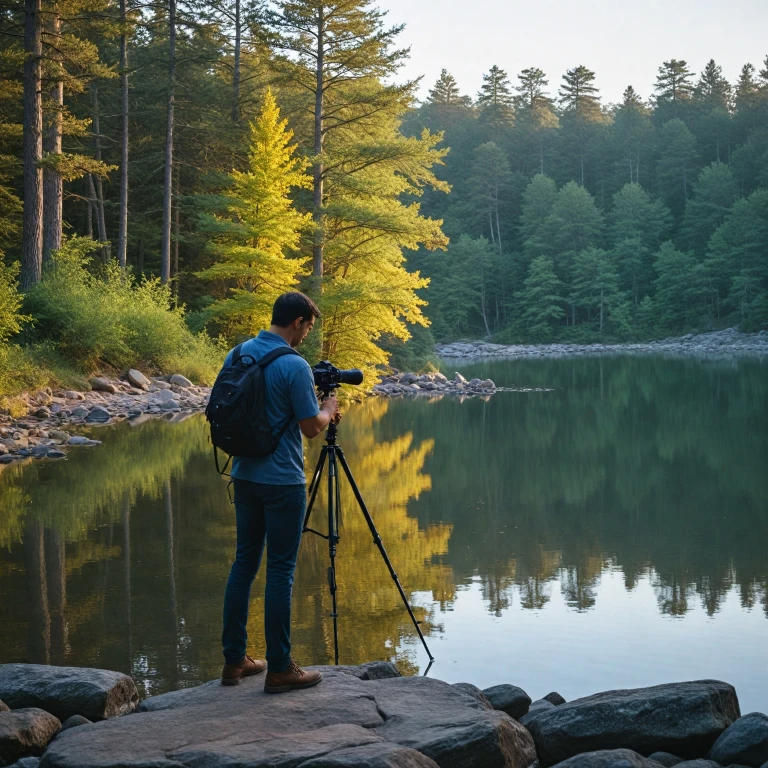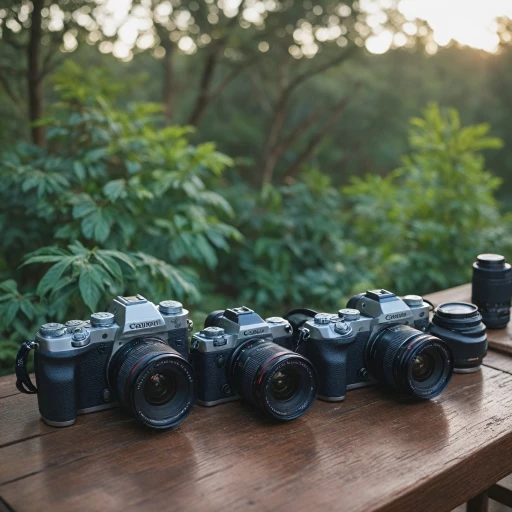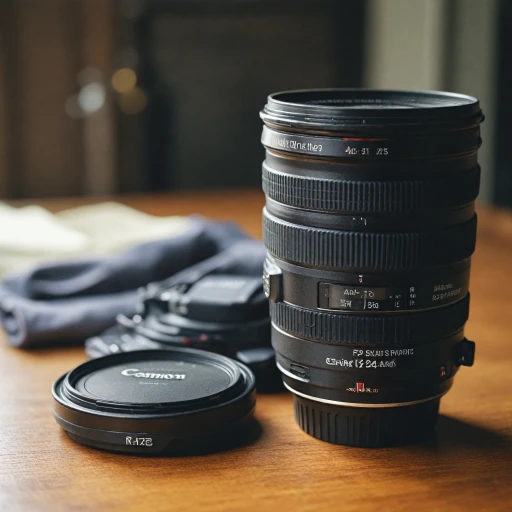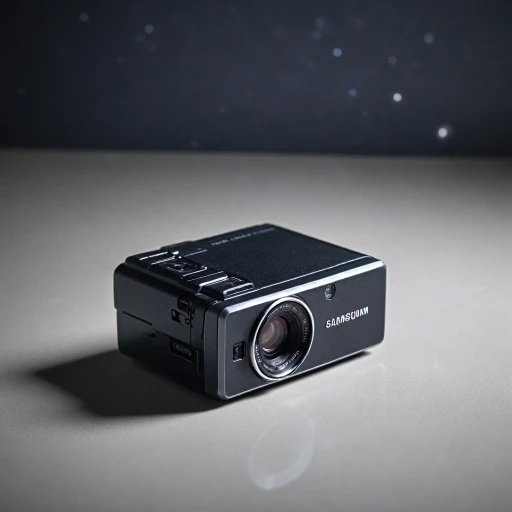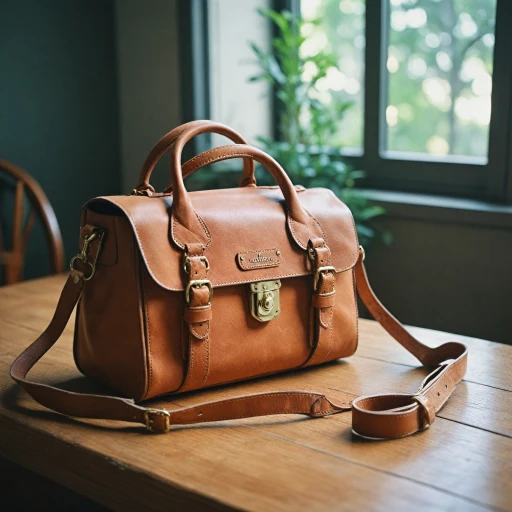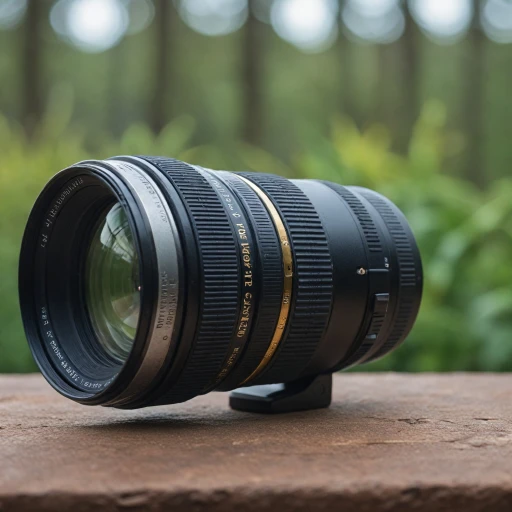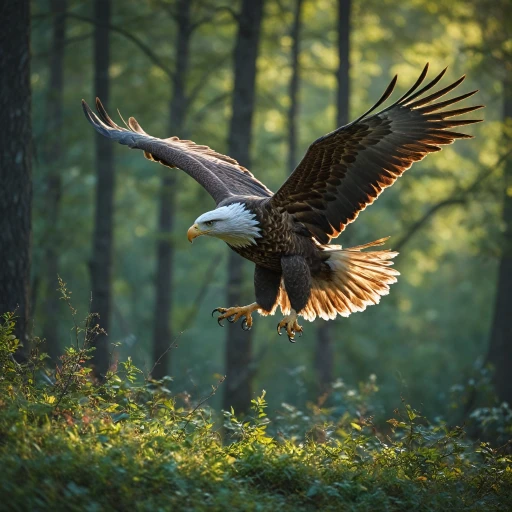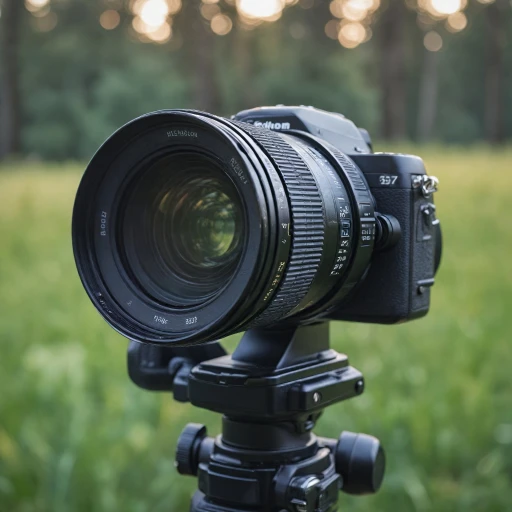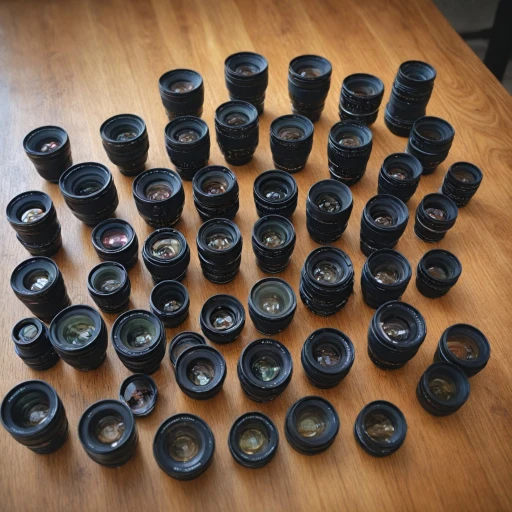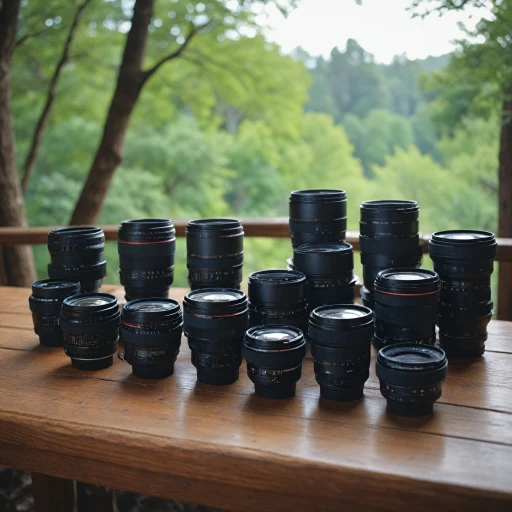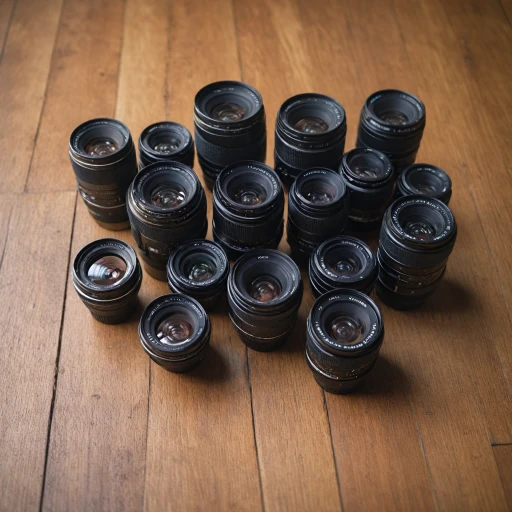
Understanding the Importance of a Tripod
The Role of a Tripod in Capturing Impeccable Photos
Understanding the importance of a tripod in your photography journey is crucial. With the advent of advanced camera technology, tripods have evolved to become an indispensable tool for both amateur and professional photographers. These devices provide a stable support system that helps reduce camera shake, ultimately improving the overall quality of the image you capture.
A quality tripod like those made from aluminum or carbon fiber can be your best ally in attaining the crisp focus and sharpness needed for high-quality photography. They enable longer exposure shots without sacrificing clarity, allowing for aesthetic nighttime cityscapes or dynamic light trails. The tripod head is another critical component, offering fluid movement and enabling precise adjustments for your camera's position.
Moreover, a well-chosen tripod also complements other equipment, like a ball head or a center column with the necessary height adjustment for varying leg conditions or uneven grounds. For instance, models such as the Manfrotto's travel series or the Vanguard Alta can offer a suitable balance between portability and stability.
In your photographic pursuits, having a reliable tripod not only improves image quality but also enhances your creative capabilities. As you progress, you will appreciate the value and flexibility these tools provide. This realization becomes even more pronounced when tackling diverse shooting environments.
Key Features to Look for in a Starter Tripod
Essential Characteristics of a Beginner Tripod
- Material: A tripod for beginners is often made from aluminum, offering a balance between durability and weight. However, carbon fiber tripods, while more expensive, are lighter and may be worth considering for those focused on travel photography.
- Tripod Head: The ball head is commonly recommended for its flexible camera movement. Brands like Manfrotto and the Element MII series provide reliable options.
- Weight and Portability: While heavier tripods offer more stability, for travel a lighter model is advantageous. Consider a maximum weight that fits your photography style.
- Height and Leg Sections: Adjustable height configurations are crucial. Review specifications like maximum height and leg sections, ensuring your model allows comfortable usage.
- Versatility and Features: Look for features like the center column adjustability or the ability to invert it for macro photography. Some tripods, like the Vanguard Alta Pro, offer extra versatility.
For more insights and guidance on choosing the perfect beginner tripod, visit our detailed guide and arm yourself with valuable knowledge.
Comparing Different Types of Tripods
Types of Tripods Explained for Beginners
When diving into the world of photography, choosing the right tripod can significantly enhance your experience and results. Tripods come in various styles and designs, each tailored to meet specific needs. Here, we’ll break down the different types to help you understand which might be the best fit for your photographic endeavors.- Traditional Aluminum Tripods: Often favored by beginners for their affordability and durability, aluminum tripods offer stability with a reasonable weight. While they may not be the lightest option, their robust structure offers a reliable foundation for your camera, perfect for stable imaging.
- Carbon Fiber Tripods: If you’re looking for something more lightweight for travel, carbon fiber tripods are a great choice. They provide the stability you expect from aluminum, with added portability – making them the best travel option. Stay mindful, though, as they tend to be higher in price.
- Ball Head Tripods: Featuring a swivel ball joint, these tripods provide smooth and versatile angle adjustments. Ideal for fast-paced photography, such as wildlife or sports, their flexibility accommodates rapid positional shifts.
- Travel Tripods: Companies like Manfrotto and Vanguard Alta offer travel-focused options like the Element MII, which are compact, easy to carry, and often include features like collapsible legs. For photographers on the go, these lightweight companions ensure you capture the perfect image, wherever your journey takes you.
- Budget Models: While it can be tempting to invest heavily in the best tripod available, beginners may want to consider budget considerations. Brands like Alta Pro and Punks Brian provide quality options that won’t break the bank, allowing you to explore what you need without heavy credit reliance.
- Advanced Features: Some tripods offer additional capabilities, like a center column for maximum height adjustment or advanced head mechanisms for smoother control. Understanding these can influence your decision, ensuring the model you choose aligns with your photographic style and requirements.
Budget Considerations for Your First Tripod
Finding an Affordable yet Reliable Option
When venturing into the world of photography with your first tripod, it's crucial to balance your budget and the features necessary for quality capture. The right tripod is an investment, and while not all budget-friendly options will disappoint, overlooking quality could affect your photography experience. Hence, balancing budget and specifications ensures not only cost-efficiency but also a product that aligns with your photography needs.
- Material Choices: Typically, starting with an aluminum tripod is a solid choice due to its affordability and satisfactory weight-to-strength ratio. However, if budget allows, carbon fiber tripods are lighter and can offer similar stability with a higher price tag.
- Tripod Weight: The weight of the tripod itself is a critical factor. A travel tripod that's lightweight, such as those in the Manfrotto Element MII series, is ideal for those consistently on the move. However, a heavier option might provide added stability.
- Tripod Height and Stability: Look for tripods with a versatile maximum height and multiple leg sections; these enable adaptability in various shooting situations. Models like the Vanguard Alta are renowned for their stable height options without compromising on portability.
- Features: Features like a center column and ball head allow for better maneuverability and stability. The Alta Pro's multi-angle center column system is beneficial for diverse shooting angles.
- Cost versus Performance: Research expert reviews and user testimonials. Platforms often cover the best travel options and expert feedback to prevent purchasing regrets. Avoid falling into the trap of 'don't buy cheap' without checking credible sources.
- Second-Hand Considerations: If budget is an overriding concern, considering pre-owned models might be an option. Evaluate the condition closely to ensure it meets your functional and aesthetic needs without compromising the quality of photo captures.
Top Recommended Starter Tripods
Highly Recommended Entry-Level Tripods
Selecting a tripod for beginners may seem daunting with numerous options to explore. However, focusing on reliable brands and models can simplify your choices. Here are some of the most recommended starter tripods to consider:- Manfrotto Element MII – Highly praised for its lightweight design and compact fold, the Manfrotto Element MII is ideal for amateur photographers on the go. Its aluminum build ensures durability, while the ball head allows for impressive image stability.
- Vanguard Alta Pro 263AB – Known for its versatility, the Vanguard Alta Pro features multi-angle leg positions, a removable center column, and a reliable ball head. This design ensures stability and creative shooting angles, a valuable feature for beginners venturing into varied photography styles.
- Peak Design Travel Tripod – As a contender for the best travel tripod, this model offers minimal footprint and high stability, providing an outstanding balance between size and performance. Though on the pricier side, it’s a long-term investment for photography enthusiasts.
- 3 Legged Thing Punks Brian – With its distinctive style and robust carbon fiber construction, the Punks Brian tripod offers excellent portability without compromising on stability. This model's unique design also makes it suitable for intermediate users expanding their skills.
Tips for Using Your Tripod Effectively
Maximizing Your Tripod Use for Optimal Results
Using a tripod can significantly enhance your photography experience by providing stability and allowing for more creative shots. Here are some practical techniques to ensure you're getting the most out of your tripod:- Adjusting the Legs for Stability: When setting up, extend the thicker leg sections first for better support. This is crucial, especially with lightweight models such as those made from carbon fiber or aluminum.
- Utilizing the Center Column Sparingly: While extending the center column offers extra height, it can also compromise stability. Only use it when necessary to maintain the best balance.
- Leveraging the Ball Head Functionality: If your tripod has a ball head, such as the Manfrotto or Vanguard Alta models, utilize its flexibility by experimenting with angles and compositions to achieve the best results.
- Adjusting to Terrain: For uneven ground, adjust individual leg sections for a level camera. Remember, the best travel tripods will handle diverse conditions efficiently.
